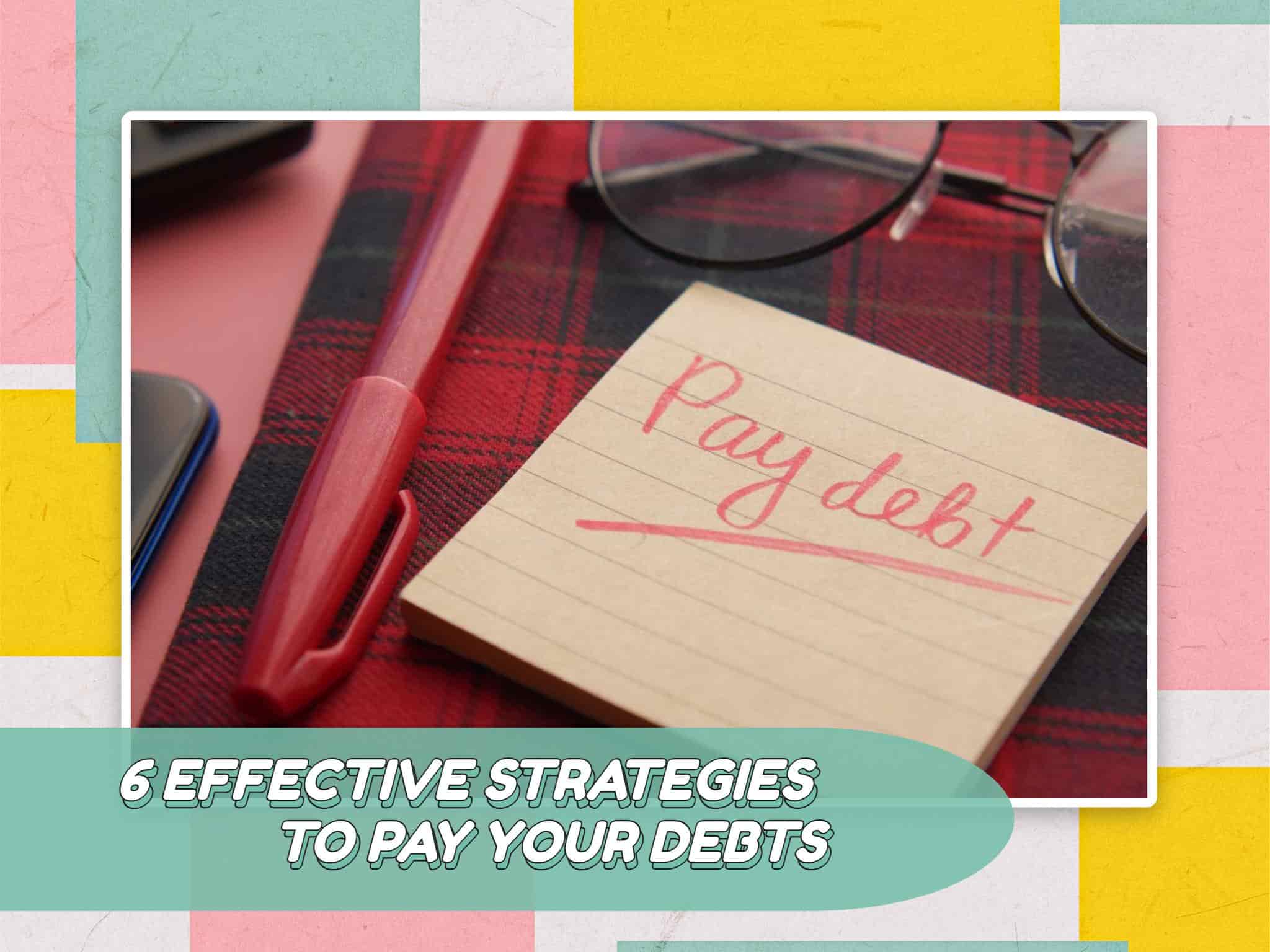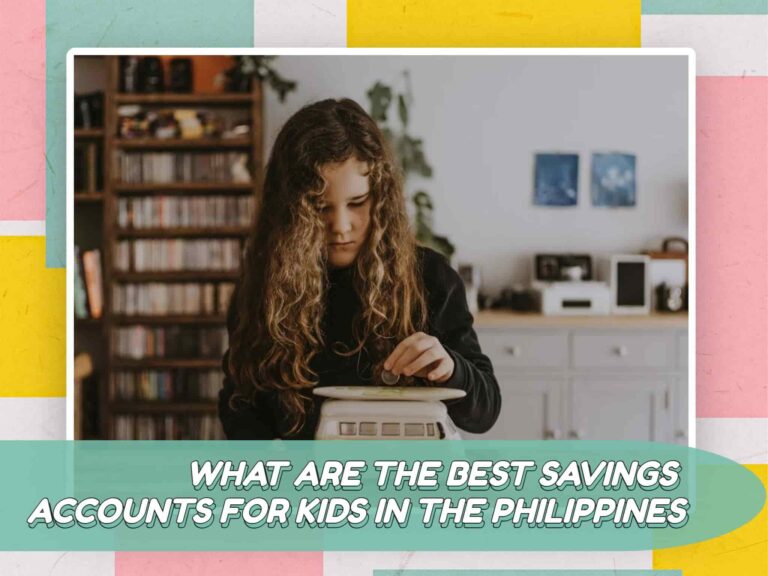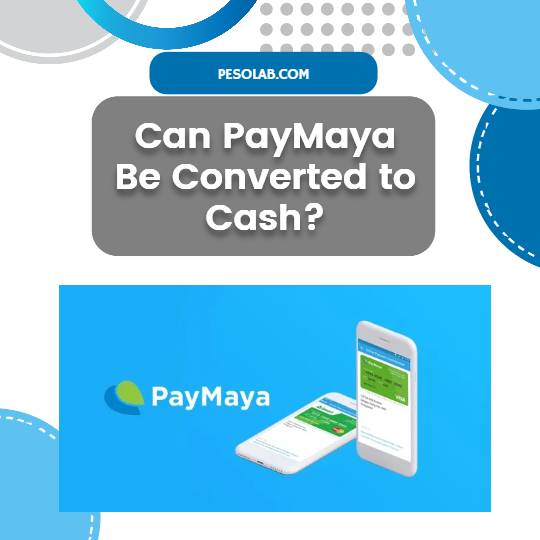6 Effective Strategies To Pay Down Your Debts Philippines
Do you have debts? Have you been planning to pay them off with the goal of closing them down? Everybody would agree that debts can be a headache.
When they are uncontrolled, they can harm even the most careful financial plan that you put in place. This article is going to discuss strategies in bringing them to a manageable level and it is written for anyone who owe money from someone, banks, or lending institutions.
Good debt versus bad debt
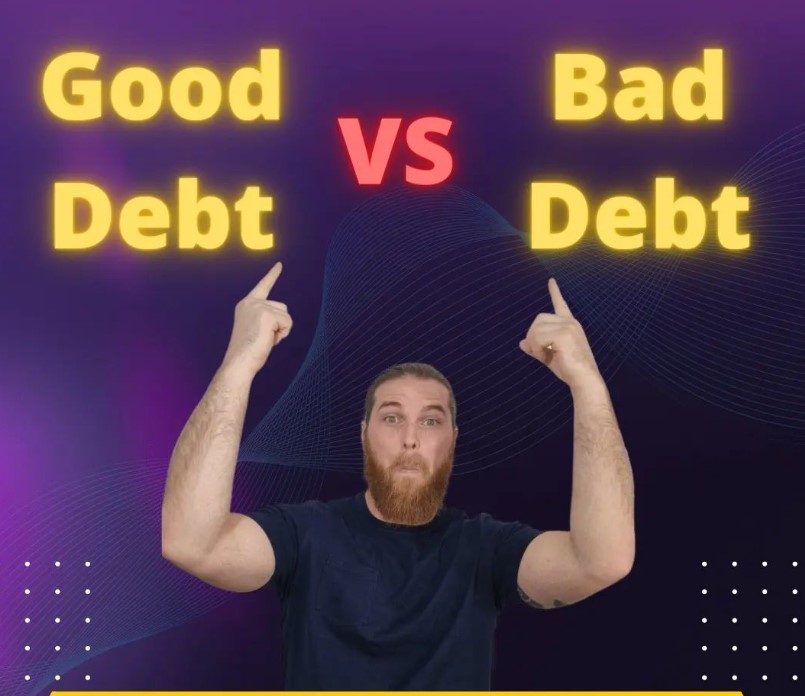
Not all debts are bad. Some can be good financially. Credit card debts, for example, are not really something that can be considered bad all the time. How do you know what you have is the good kind?

Any money that is owed with the expectation of greater return in the future can be considered a good debt.
For example, getting a loan from a bank as capital for a business or a rental real estate is money put into use with the goal of deriving profit or passive income from the venture.
Any money that is borrowed can be regarded as good debt if it is utilized to increase its value over time by generating an income.
On the other hand, any personal loan to purchase consumer goods do not actually add more to your overall net worth.
Anything from gadgets, clothes, etc., can pile up your financial obligation and put a strain to your income. The value of the things that you’ve acquired does not increase and instead, they depreciate over time.
What is the overall cost of debt?
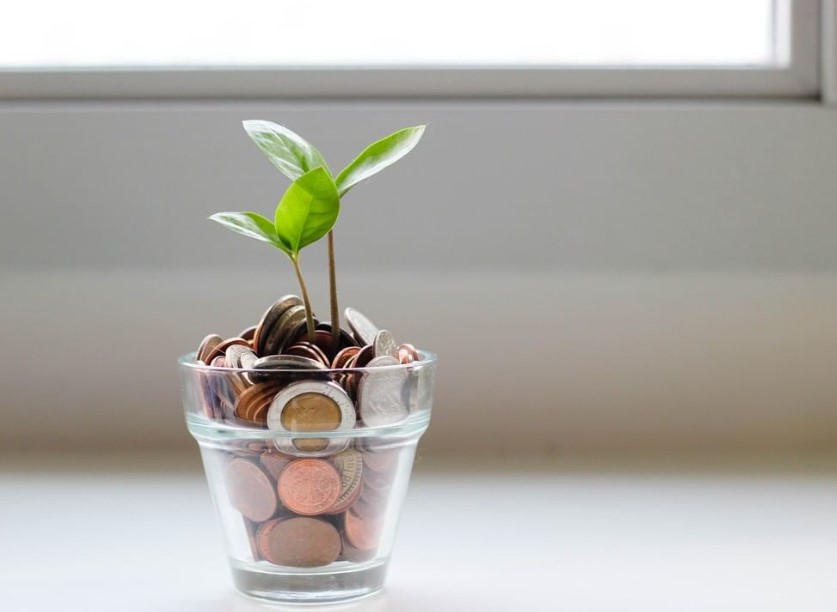
Needless to say, having more good debts are preferable than having bad debts. Whether you have one or the other, it is crucial that they are within your means and control to pay. Its overall net cost is more than the original amount owed because of the following:
Interest
The amount of money that you owe increases by the interest, a lot more if it is compounded and remains unpaid for an extended length of time.
Penalties for non-payment
These make matters worse, and add up the borrowed amount.
Opportunity costs.
Money that is used for payment could have been invested elsewhere, depriving you of the potential passive income.
Or it could have been spent on things that add meaning to your life such as studies, an personally enriching and rejuvenating trip, etc.
So what are the easy strategies to pay off debt?
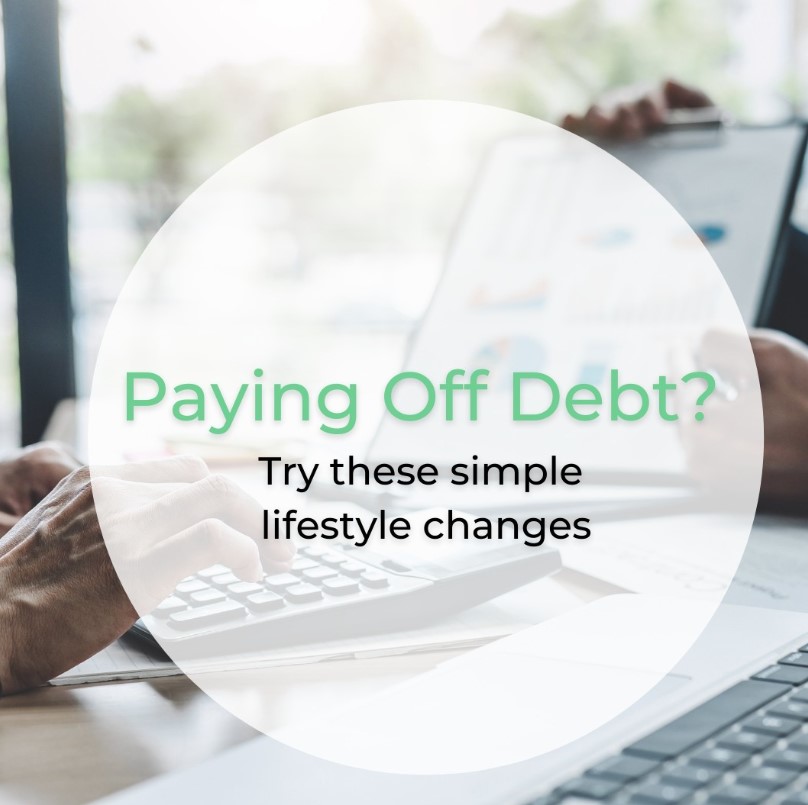
The starting strategy is to know what you’re dealing with. There is truth to the saying that knowing the problem is halfway to the solution.
So list down all your loans, credit cards, and personal borrowings . Assess your situation by having clear information of each debt.
Make sure that you list down the person or the bank that you owe money from, the principal amount, interest, penalties, due date, payment terms.
The immediate benefit of this strategy is that you will know your financial status through a complete picture of what you’re dealing with.
It makes everything known to you, avoiding the chance of anything slipping through the cracks.
Secondly, without coming up with such a list, you wouldn’t know how to properly allocate your payments.
You may be giving more attention in eliminating one debt at the expense of another, more urgent and potentially more damaging financial obligation.
Another, maybe more important reason is that you might be missing some opportunities to lower the amount that you owed. Some lenders can actually allow you to negotiate the terms of your outstanding balance, all you have to do is to reach out.
1. Debt snowball strategy
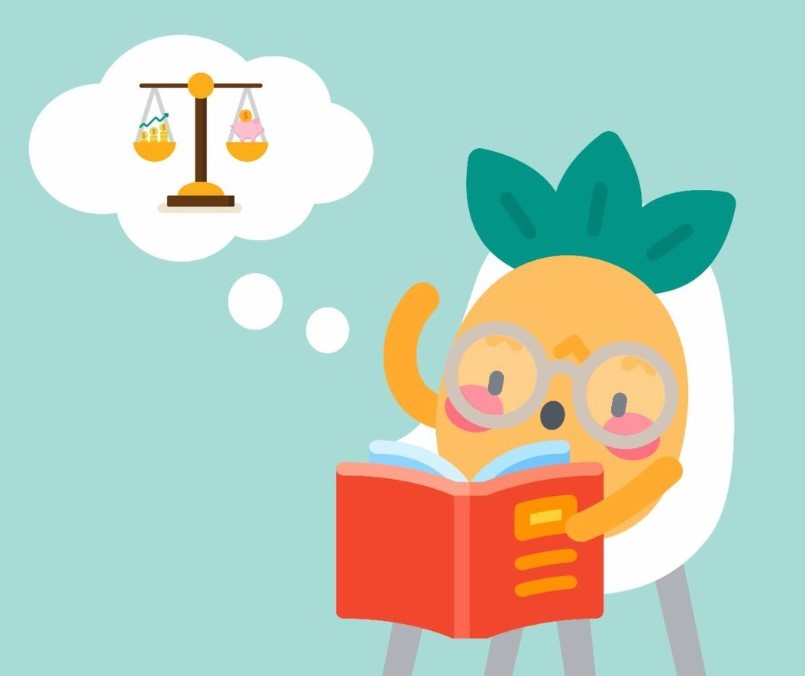
The snowball strategy is a simple way of prioritizing your payment. Once you have come up with the complete list of all your borrowings, arrange them from smallest to largest amounts, regardless of interest.
Put the bigger chunk of payment to the first, smallest debt while paying the minimum amount for the rest.
After you’ve paid off the first one, then you can start tackling the second debt and so on.
The goal for this method is to give you actionable steps on how to get rid of debts sooner.
When you are just paying what was required from your lenders, you’d be stuck with the schedule that was laid out by them.
The snowball strategy can give you a sense of accomplishment, especially when you have actually done paying off one obligation.
See example below.
The required monthly payment of the three debts is ₱150, and that would mean that the first debt is going to be settled originally after 20 months (500 ÷ 25), the second debt after 15 months (1,075 ÷ 50), and the third after 31 months (2,300 ÷ 75). That would leave you debt-free after 2 years and 7 months.
But just by adding an additional ₱100 (total monthly payment of ₱250), you’re debt free by the end of one year.
What is the advantage of snowball strategy? It works well for people who would want to see the result of their efforts right away by building on small wins.
After you’re able to close one account because it’s paid up, there is a sense of completion and achievement. That should give you enough boost to keep the momentum going in knocking out other debts.
2. Debt avalanche strategy
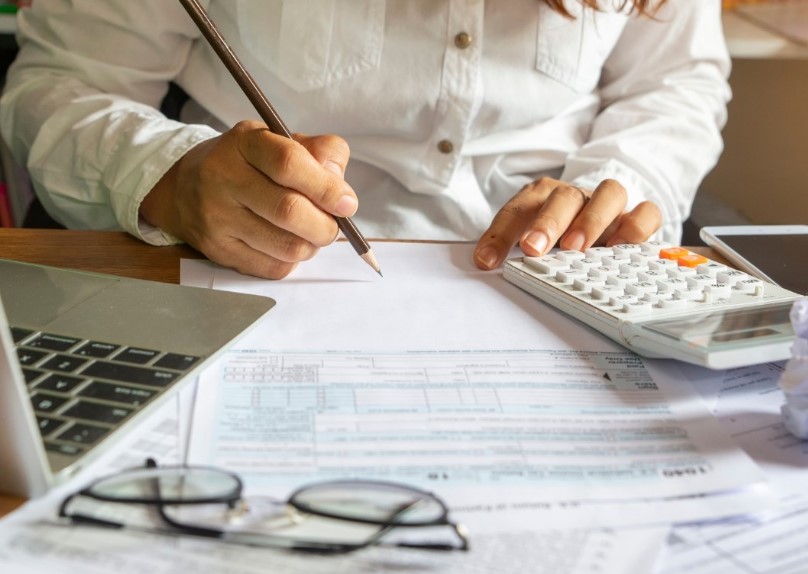
The debt avalanche strategy, also called debt stacking, is similar to the snowball strategy. A bigger payment is reserved for one debt and the rest are paid by their required minimum.
The only difference is that you start from an account with the highest to lowest interest.
It is assumed that the earlier that you pay the debt that is charging you the most, the sooner that you get it closed and the shorter is the length of time you get charged, saving you on interest.
This does not work if the interest is already baked into the total balance, such as in the case of loans with specific end date.
A vehicle loan is an example that comes to mind, where it doesn’t matter if you’re able to settle the account earlier.
The avalanche strategy is suitable for people who want to wean off from their credit cards.
With credit cards, the balance from previous months is carried over to the current month, piling up with interest over time.
Once one account with the highest interest is settled, then you proceed paying the next highest interest-bearing loan.
3. Debt consolidation strategy

Also called debt balance transfer, debt consolidation strategy is borrowing money to pay other debt. That’s it. The benefit is in the transfer of account with high interest to another that charges low interest, thereby saving you money in the process.
Another additional advantage is that simplifies in managing your finances, as there are less accounts to deal with.
Again, just like the avalanche method, this only works if you’re dealing with interest that compounds rather than a loan where the balance remains the same regardless if you pay it sooner.
So how do you implement this? You can actually ask loans from family and friends, who are more often willing to help and charge you at no interest for as long as you’ve built your trustworthiness and you are really serious in paying them back.
As a thank-you, send them cards, gifts or take them out to dinner once you’ve repaid them.
Check your existing loans. See if you can find one that have a reasonable interest and allows you to borrow more.
Or you can research. Check out debt consolidation options available in the market. Look for loans with minimal interest and charges, as well as flexible and favorable payment terms.
4. Debt settlement

The option to negotiate your debt is called settlement. It can be utilized when you are really behind your bills and you’d like to take back control of your finances.
What you do is to call up or talk to the company that you owe money from and offer them to pay less money in exchange of the debt to be forgiven.
If you think you are having a hard time settling your obligation, get in touch with the creditor. Talk about relaxing the terms of the contract. Check if they can cut you some slack.
They will appreciate that you reach out to them to negotiate on how you can settle your debt, and are more likely to given in to your request of making the terms more agreeable to your situation.
5. Debt snowflake
The debt snowflake strategy is just a fancy name of adopting austerity measures to have more money to use for debt payments. Stay on top of the situation by making and following a budget.
Always try to live below your means so you can set aside money for repayment. Come up and stick to a strict budget that prioritizes needs over wants and cuts unnecessary expenses.
This does not only mean that you save up every penny by tightening the hold on your wallet, it also means a change on lifestyle and habits.
Cutting costs on power, gas, subscriptions to cable TV and streaming platforms, etc., all require that you modify the way that you live.
6. Debt shovel
The debt shovel, as the name suggests, means that you create more ways to augment your current income.
Look for opportunities to increase cashflow. There are many ways to do this such as getting a part-time job; doing and earning from a side hustle, small venture, or sideline business; and venturing into passive income.
Should you pay debt first before saving?
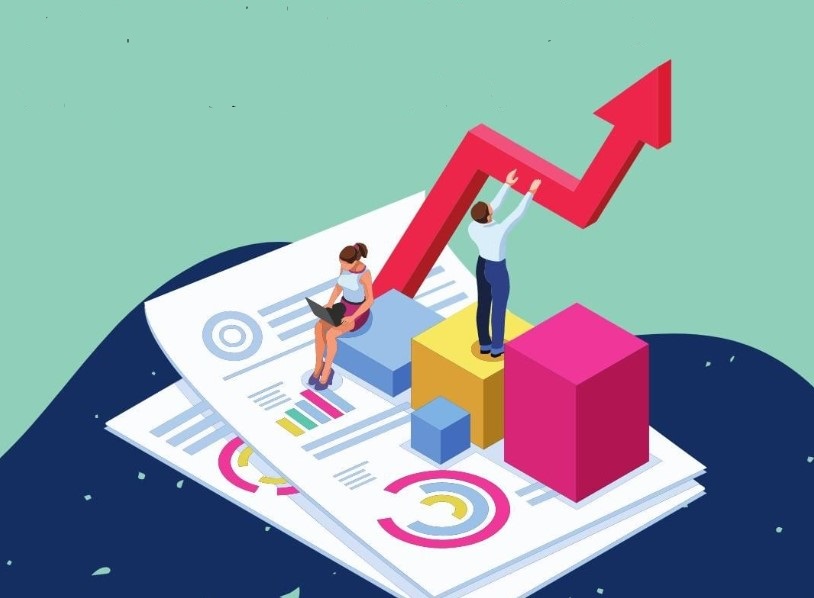
It depends. Check the interest of your debt, and compare it against the interest you earn from saving. If the interest you are paying is higher than interest of your savings, then get rid of the debt first.
Otherwise, it would make sense to build up your savings if the debt carries no risk of high interest or fees such as a personal loan with a colleague or family. By saying that, being able to pay debt and save at the same time is the best way to go.
Should you pay debt first before investing?
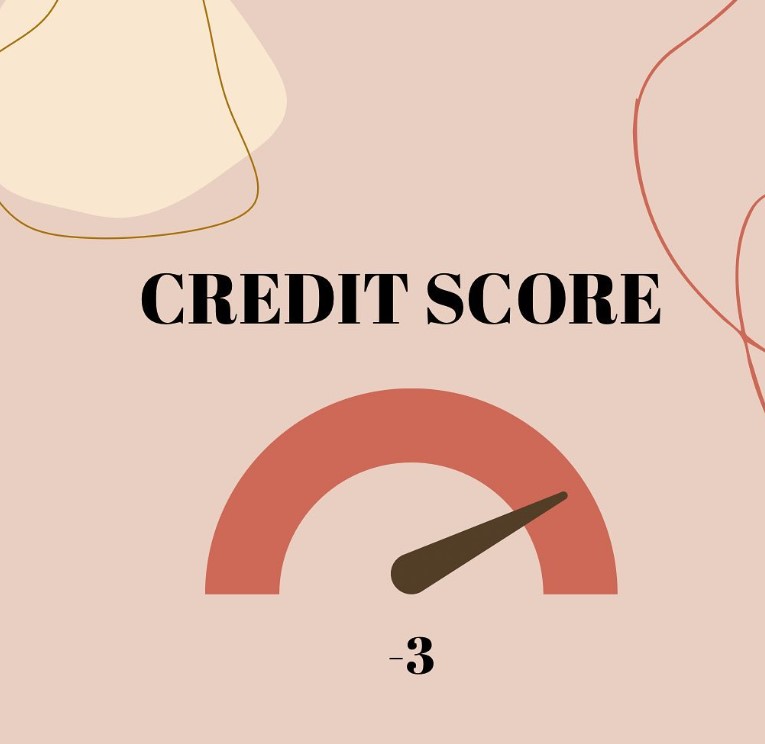
There is only one answer. Pay the debt first. The income that you get from investment is not guaranteed, while the interest of the debt is established and constant.
But then again, having the ability to settle your liabilities while at the same time continue building up your investment portfolio is a better alternative.
Key Takeaways:
The most effective way to pay your debt is through the avalanche approach.
The avalanche approach, in which you arrange your bills from highest to lowest by interest rate, is the most efficient way to pay off debt mathematically.
Pay down each card’s minimum balance, then put as much additional money as you can each month toward the card with the highest interest rate.
Read More:
3 Easy Steps to Determine Your Financial Goals
What are the Best Personal Finance Website Blogs in the Philippines?
What are the Best Financial Seminars You Can Attend in Cebu Philippines

